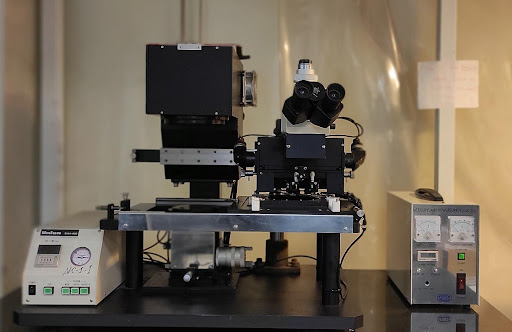Instrument information
- Machine/ Equipment: Photolithography
- Student/ Responsible personnel: Rashik and Kirtiman
- Cost (per hour or per session/ sample): Rs. 2000/hr for photoresist coating/processing
1000/hr for photolithography
- Probable day and timings per week: 10 to 1 pm Tuesday, Wednesday, Thursday
About machine
Spin coating is a widely used and versatile technique for depositing materials onto substrates with accurate and controllable film thicknesses. Spin coating uses the centripetal force and surface tension of the solution to create an even film, making it quicker than other thin film coating methods. This makes it ideal for batch processing in both research and industrial settings. Spin coating is often used as the starting point and reference for many thin-film processes, even if they will eventually get mass-produced using printing-based techniques.
A spin coating cycle consists of four key stages: disposition, spin up, spin off, and evaporation. First, a solution is cast onto the substrate using either a pipette or a syringe pump. Then, the solution is pushed outwards by the centripetal force so that it covers the surface of the substrate. At this point, most of the excess ink is expelled to the side and airflow begins to dry the film. Finally, in the last stage, the solvent evaporates to leave a thin, uniform film behind.
Machine Specification
Maximum rotation speed: 6000rpm
Speed display: RPM Digital x 10
Teflon chuck for holding substrate: (3 Nos) 25 mm, 75 mm, 150 mm
Time setup: By digital timer of 0-99 secs
Rotation direction: Counterclockwise
Speed control: By DELTA make, digital AC speed drive
Vacuum: By a direct driven vacuum pump equipped with ¼ HP motor, supplied with the instrument
Power supply: 230 volts single phase stabilized power supply

